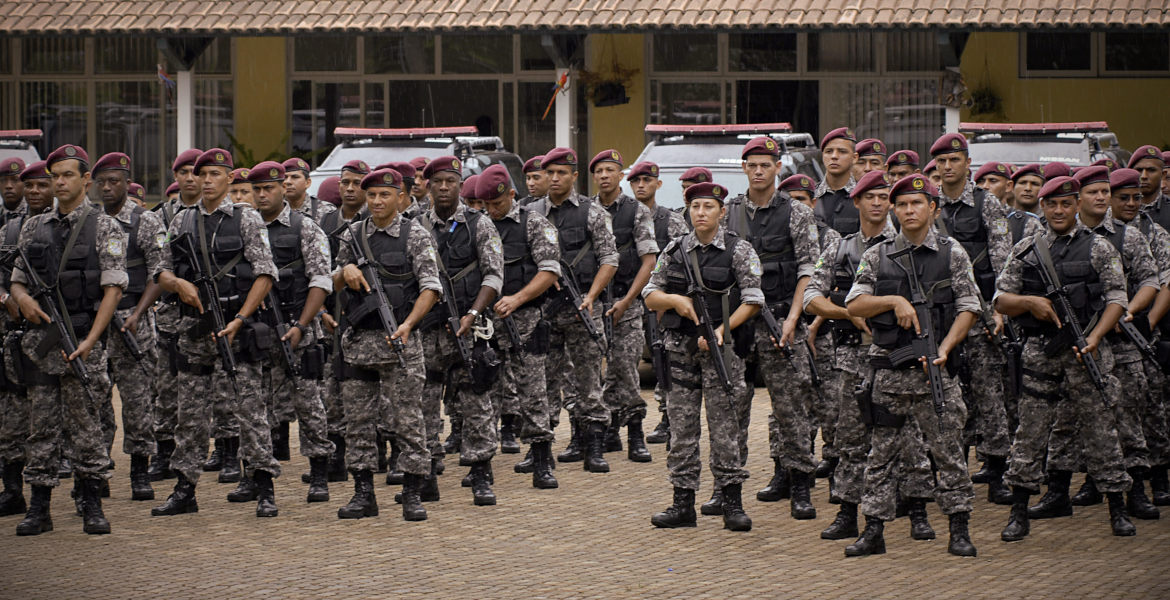The Swedish government has reached an agreement with Estonia to rent prison places in the city of Tartu, with the aim of relieving pressure on the heavily burdened Swedish prison system.
– The entire prison will be placed at Sweden's disposal, confirmed Minister of Justice Gunnar Strömmer (M) during a press conference.
The prison in question has capacity for 600 inmates and is expected to be operational in spring 2026, provided that the Riksdag approves the agreement and the necessary legislative changes are implemented. The agreement is scheduled to be signed this summer.
The prison in Tartu has 400 rooms, corresponds to a Swedish security class 2 facility, and is intended for male inmates over the age of 18 who are not considered to pose a high security risk.
The Prison and Probation Service will make individual assessments in each case to determine which inmates are suitable to serve their sentences in Estonia.
– The intention is that the Prison and Probation Service will assess the suitability of each individual case for serving their prison sentence in Estonia, Strömmer continues.
Swedish conditions will apply
For the agreement to enter into force, it must be approved by a three-quarters majority in the Riksdag. The government wants broad political support on this issue.
– We will invite all parties in the Riksdag to a briefing and discussion on the agreement, said the Minister of Justice.
Although Estonian law applies on site, Sweden and Estonia have agreed on exceptions to ensure that the conditions for inmates correspond as closely as possible to those in Sweden. This applies, for example, to rules on contact with the outside world, where legislation differs between the two countries.
– An overall conclusion is that there are very many similarities. This also reflects the fact that we basically have a common view on how the prison and probation service should be run, says Gunnar Strömmer.
8,500 euros per month
Henrik Vinge (SD), chair of the Committee on Justice, emphasizes that it will not make any significant difference to criminals whether they are imprisoned in Sweden or Estonia.
– The rooms will be of a similar standard and have similar equipment to living quarters in Swedish prisons.
Swedish prison staff will also be on site in Tartu to ensure that the agreement is implemented as intended.
The cost per inmate is €8,500 per month, which is significantly lower than the average cost in Sweden, which is around €11,500. However, this price does not include the cost of leave, which will be carried out in Sweden.




